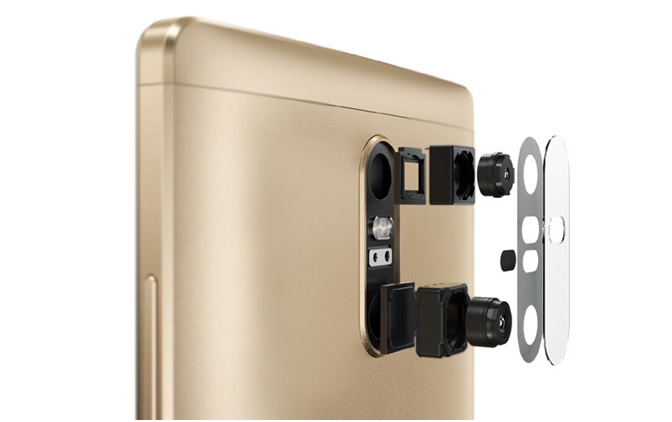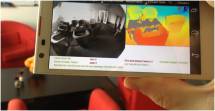Lately, organizations are investing in robotics technology with a vision to someday clone humans and their intelligence. One of the key aspects here is to be able to conquer the popular human senses Sight, hearing , taste, smell, and touch. I remember about four years ago, IBM in its annual release of “IBM 5 in 5” listing, innovations that have the potential to change the world, unleashed for the first time its vision and ambition for cognitive systems and confidence that computers will be able to replicate all these human senses in the next five years. We are already 4 years down the timeline and while there is a lot to be done, we have products and services in the market which give a lot of promises in turning the vision into a reality in the coming years.
One such offering is ‘Tango’ from Google (earlier called as project Tango). This is maiden product coming out of Google’s Advanced Technology and Projects group (ATAP), an in-house technology incubator. Putting together ‘Tango’ with Google’s own ‘Glasses’ and cognitive services like IBM Watson, it provides us with the required tools that one needs to understand and replicate the ‘Visual’ sense of humans.
Last month, in June 2016, at Lenovo’s Tech World event in San Francisco, Google announced the first ever consumer implementation of Project Tango. Lenovo’s Phab 2 Pro phone, a 6.4inch smartphone/ expected to be priced at $499, will be the best way for consumers to get the Tango experience.

So what is ‘Tango’? Simply put, Tango is a new vision technology that allows potentially any mobile device to “see” in much the same way that humans do. It provides a platform that uses computer vision to give devices the ability to understand their position relative to the world around them. Tango gives mobile devices this kind of understanding by using three core technologies: Motion Tracking, Area Learning, and Depth Perception.
- With Motion Tracking the device is able to track its own movement in 3D space; similar to how a mouse helps us track our position on a flat surface.
- Area Learning helps the device to remember its surrounding and
- Finally, the Depth Perception empowers the device to understand the distance of objects in real world.

Tango’s hardware takes a quarter of a million readings per second and could theoretically be used on any piece of mobile hardware. Tango technology will sound similar to the Xbox 360’s Kinect gaming device from Microsoft. That’s right and coincidently one of the lead designers of Tango, Johnny Lee, was also on the Xbox 360 Kinect team. While gaming industry was one of the first applications of this technology, it has a huge potential to be used in various domains and daily human activities.
About couple of years back, working as part of Sogeti India IBM Alliance initiative, a couple of technologists working with me had come up with an innovative idea of “Digital Mirror”, a direct application of Tango. Digital Mirror was then an innovative fairly futuristic idea to build a service which can be used by online fashion retailers as well as retail fashion stores in substitute of trial rooms. For instance, for a shoe trial online, a customer will use his Tango device/mobile to capture the 3D attributes of his feet and the retailer will publish the 3D attributes of the shoe. The customer’s data can then be mapped with shoe data to validate if the shoe will fit the customer as well as using graphical visualization show how the shoes will appear on feet. The shoe fitment validation was expected to be accurate. Similarly, this can be applied to trials of clothes. While back then, we did not succeed in converting our proof-of-concept into a strong business case to productize the idea, we are already looking at this idea becoming a reality with quite a few stores starting to have these special devices in their stores. With Tango set to be available for the mass through affordable smartphones, the idea can finally see it blooming to its full potential. For me, it is a hope in sight to end those agonizing times waiting outside trial rooms while my wife and daughters keep trying out the endless options of clothes and that too on busy weekends when the malls are crowded.
If tango’s ability to create a 3D world is applied to current Google Glass patented technology of “gazing log” that will store locations and points-of-views for a Google glass user, it has the ability to take the virtual reality experience to a completely different level. And then cognitive computing services like Watson can use the vast data generated by these devices/technologies to guide the device users with informed inferences to guide him to take improved actions. Applications on this line can turn out to be a boon for the visually challenged.

 English | EN
English | EN 
